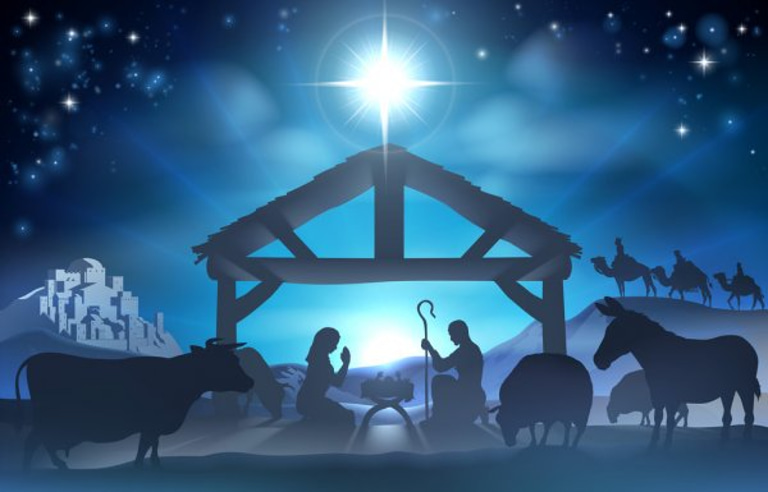Top Tips for Authenticating Your Antique Nativity Sets
Authenticate antique nativity sets using our expert guide! Learn to spot fakes and verify authenticity. We'll help you avoid common collecting mistakes. Start now!
5/25/20257 min read
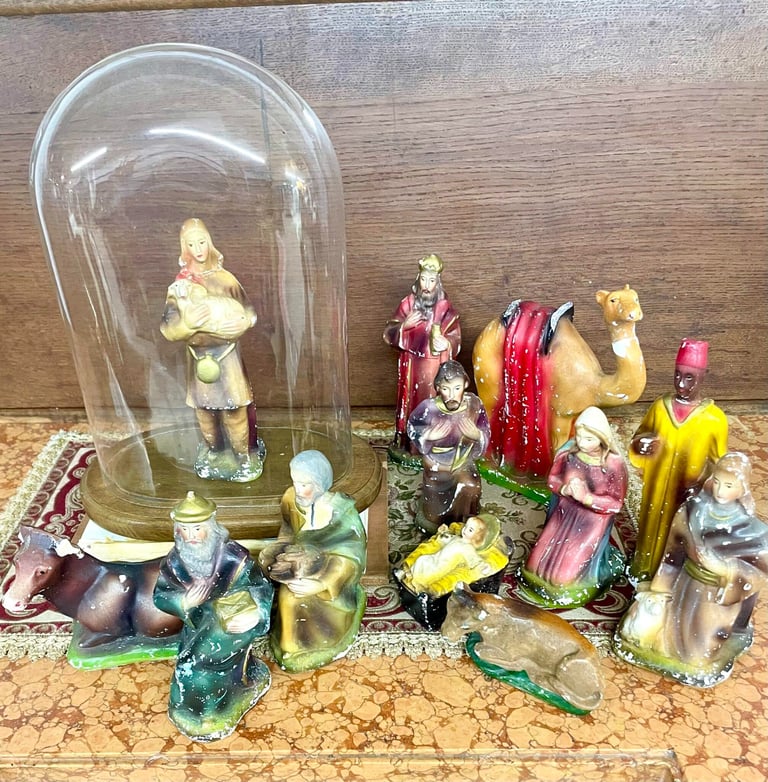

Introduction:
Love hunting for antique nativity sets? Before you buy, make sure your find is truly authentic! Knowing how to spot genuine antiques protects your investment and keeps their value high. In this guide, you’ll learn the key tips to identify real vintage nativity sets—and avoid costly fakes.

Common Characteristics of Authentic Pieces Versus Reproductions
When diving into the world of nativity sets, one of the trickiest challenges is telling a genuine antique from a clever reproduction. Honestly, it can feel like a detective’s job—but with a little know-how, it becomes far less intimidating.
Material matters more than you might expect. Authentic nativity scenes were crafted from natural materials like wood, clay, or porcelain—each carrying its own subtle texture and weight that synthetic substitutes just can’t mimic. Have you ever held a piece and felt it was too light or plasticky? That’s often a red flag. Real materials age and react to time differently, lending a certain warmth and authenticity you can almost feel.
Then there’s the artistry. Genuine antique pieces showcase meticulous craftsmanship—tiny details in the folds of a robe or the expression on a shepherd’s face that mass-produced replicas simply gloss over. When you compare the two side by side, the difference in quality and care jumps out. It’s as if the authentic pieces carry the touch of the artist’s hand, while reproductions feel cold and mechanical.
One of my favorite clues? The patina—that natural aging process that gives objects their character. Real antiques show subtle wear: a faded color here, a gentle crack there, or a texture softened by decades of handling. Reproductions often try to fake this look, but it usually feels forced or inconsistent. If the piece looks too “perfect,” it probably isn’t.
Don’t overlook the small but telling signs like marks and signatures. Genuine pieces often bear artist signatures, manufacturer stamps, or mold numbers—little signatures of authenticity. These marks aren’t always obvious at first glance, but finding one can be a game-changer when confirming provenance.
Finally, pay attention to proportions and design details. Sometimes the posture of a figure, the way hands are sculpted, or the subtle nuance of facial features can reveal whether a set is a treasured heirloom or a modern creation. Authentic pieces often have an organic, lifelike quality that reproductions struggle to replicate.
So, next time you’re browsing a collection, take your time, trust your instincts, and remember—authenticity is often found in the details. It’s like uncovering a story woven into every piece, a whisper from the past you can hold in your hands.
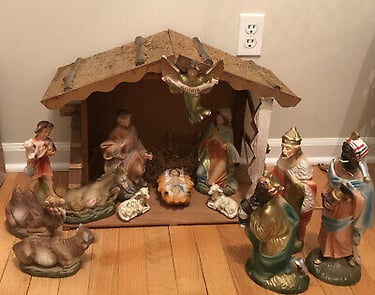

Step-by-Step Process for Authentication
Authenticating a nativity set can feel overwhelming at first, but breaking it down into clear steps makes the process manageable—and even kind of fun if you enjoy a good treasure hunt.
Step 1: Examine the materials
Start by getting hands-on. Run your fingers over the figures—do the textures feel natural or overly smooth and plastic-like? Authentic pieces often use materials like wood, clay, or porcelain that age with subtle imperfections. Watch out for synthetic plastics or resin that can be a dead giveaway for modern reproductions. Remember, materials tell a story of time and craftsmanship.
Step 2: Check for artist marks or labels
Next, hunt for signatures, stamps, or labels. These can be hidden on the bottom of a figure, along the back, or inside folds of clothing. Artist marks or manufacturer trademarks are your best clues for tracing origin and authenticity. Don’t just glance—take a magnifying glass if you have one, and compare what you find with online databases or collector guides.
Step 3: Study the construction
Look closely at how the pieces are put together. Are there visible seams, glue marks, or uneven joins? Handcrafted authentic sets often show subtle hand-finishing touches—tiny brush strokes, slight asymmetry, or carefully joined parts—that mass-produced sets lack. The quality of assembly can speak volumes about authenticity.
Step 4: Cross-reference with known examples
Now it’s time for a bit of detective work. Compare your set with trusted references—books, museum collections online, or auction house catalogs. Seeing well-documented examples side by side can help you spot inconsistencies or confirm your set’s style and era. Websites like LiveAuctioneers or Christie’s archives can be invaluable here.
Step 5: Seek professional authentication
When in doubt, call in the pros. Reputable antique dealers, certified appraisers, or specialized collectors can provide expert opinions that save you time, money, and guesswork. If you’re investing in a piece or simply want peace of mind, professional authentication is worth every penny.
Authenticating a nativity set is a rewarding journey into history, art, and culture. Take your time, trust your observations, and don’t hesitate to ask for help—the story behind each piece is waiting to be uncovered.
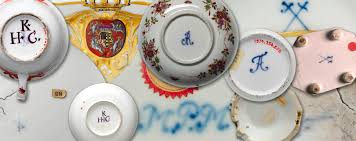

Tools and Resources for Verifying Authenticity
Authenticating a nativity set doesn’t have to be a solo mission. Luckily, there’s a wealth of tools and communities ready to help you navigate the process with confidence.
Reference guides
Start with the classics—trusted books and online databases that specialize in nativity sets. These guides showcase detailed photos, artist signatures, and design variations across eras and regions. Titles like The Nativity Collectors Guide by Jane Doe (hypothetical example) or online databases like the Antique Nativity Registry can be your best friends for side-by-side comparisons.
Appraisers and experts
When you want definitive answers, seek out qualified appraisers who specialize in religious antiques or folk art. Professional organizations like the International Society of Appraisers or the American Society of Appraisers can help you find someone reputable near you. Don’t just pick the first name—look for certifications, reviews, and experience specific to nativity or religious artifacts.
Online communities and forums
There’s surprising power in tapping into the collective knowledge of collectors. Forums like NativityCollectors.com or Facebook groups dedicated to antique religious art provide not just advice, but shared stories and warnings. Experienced collectors often spot details that can make or break your authentication effort—and many are happy to lend a hand.
Auction houses and sales records
Want to get a sense of market value or provenance? Auction sites like Christie’s, Sotheby’s, and LiveAuctioneers archive past sales with photos and descriptions. Tracking how similar sets have sold over time helps you understand rarity, demand, and authenticity signals embedded in the provenance.
Photography and documentation
Never underestimate the power of good photos. Clear, high-resolution images from multiple angles are essential—whether you’re posting in forums, consulting experts, or just keeping a record for yourself. Documenting your set’s details, history, and any provenance papers can make all the difference when verifying authenticity.
Using these tools and resources will not only boost your confidence but also deepen your appreciation for the rich history behind each nativity piece. Authenticity isn’t just about proving age—it’s about connecting with the stories and craftsmanship that make these sets truly special.


Red Flags and Warning Signs in Restoration or Over-Restored Pieces
Authenticating a nativity set can sometimes feel like detective work—especially when it comes to spotting restoration that goes too far. While some repairs are natural and expected, over-restoration or shoddy fixes can seriously hurt a piece’s value and authenticity. Here’s what you should watch out for:
Excessive restoration
Ever seen a beautiful antique that looks almost too perfect? That’s often a red flag. When restorers go overboard, repainting every chip or replacing too many parts, the piece loses its original character—and with it, value. It’s like erasing history instead of preserving it.
Unnatural repairs
Beware of repairs that stand out like a sore thumb. Crude glue marks, mismatched materials, or visible seams can suggest a rushed or amateur job. Sometimes these repairs hide cracks or breaks that would otherwise reveal a reproduction or a heavily damaged original.
Inconsistent patina
Patina is like the fingerprint of time—natural discoloration, wear, and texture that develops over decades or centuries. If some areas look shiny and fresh while others are dull and worn, that inconsistency can indicate recent touch-ups. Authentic aging should feel balanced, not patchy.
Signs of mass production
One hallmark of true antiques is subtle irregularity—each piece bears tiny imperfections that tell you it was hand-crafted. If your nativity set looks too uniform, with perfectly symmetrical faces or repeated molds without variation, it might be a mass-produced reproduction. That uniformity often signals modern manufacturing, not artisanal craftsmanship.
Modern additions
Sometimes restorers (or owners) add “improvements” that don’t belong—electric lights, plastic bases, or synthetic paints that simply weren’t available in 1BC Bethlehem or even the 19th century. While these features might make the set more appealing for display, they definitely detract from authenticity and can be a dealbreaker for serious collectors.
Knowing these red flags can save you heartache (and money!) when hunting for an authentic nativity scene. It’s all about honoring the story the piece tells—without covering it up or rewriting it with new layers.
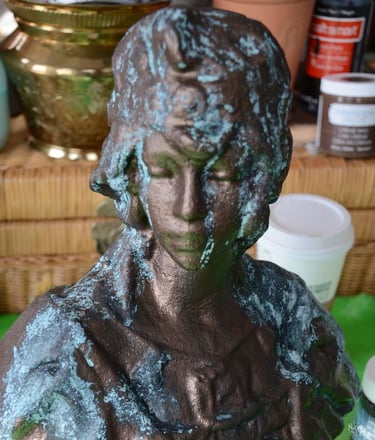

Conclusion:
With practice, spotting real antique nativity sets gets easier. Check the materials, artwork, and any marks to learn their story. Knowing what to look for helps find true treasures and avoid fakes. Your old nativity set might hold secrets waiting to be found. So, take a closer look and enjoy your hunt for history!
